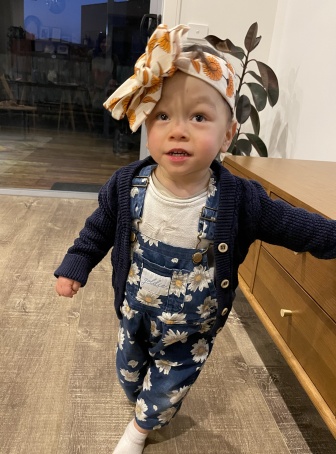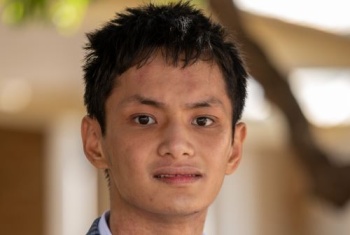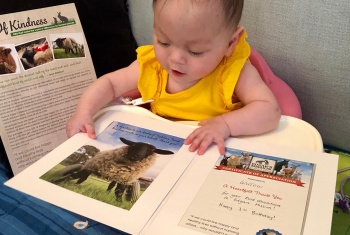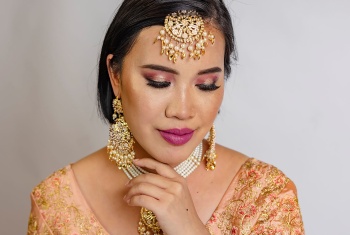At not quite three-years-old, Melbourne toddler and NDIS participant Willow Beyer is a tenacious fighter and whenever she has the chance, a social butterfly.
Born 10 weeks’ early, weighing a little over half a kilo, Willow survived several life-threatening infections and brain surgeries, while spending the first seven and a half months’ of her life in hospital.
Willow now lives with hearing loss, significant developmental delays, acquired hydrocephalus (excess fluid in the brain) and faltering growth, as well as low immunity and chronic lung disease.
She has a brain shunt to drain excess fluid from her brain. She doesn’t eat, so she needs to be fed five times a day through a percutaneous endoscopic gastrostomy (PEG) feeding tube inserted in her stomach.
Willow also doesn’t speak.
“She has no interest in eating, and that’s an important part of developing the muscles used for speaking,” said Willow’s mum Kerry Chaplin of Craigieburn. “We expect her to do both in the future, but she’s just not there yet.”
Meanwhile, Willow is far from disconnected from those around her.
With support from NDIS-funded therapies, including a physiotherapist, speech pathologist and a special feeding clinic, Willow has become an expert at non-verbal communication.
Using a combination of Key Word Sign (KWS), natural gestures and body movements, Willow knows exactly how to connect with others and get her message across.
With every trip to the park (when not in lockdown) Willow eagerly greets passers-by and engages them in conversation.
“Willow is quite resourceful and determined, and she is an amazing communicator,” said Kerry.
“Rather than knowing all the Auslan signs, Willow does a lot of Key Word Sign and communicates through a range of options, so it’s using sounds, her face, her movements and some of those signs for key words.”
Previously known as Makaton, KWS varies from Auslan, which is a complete sign language, but is used by many Australian children and adults who live with communication difficulties.
“Willow has spent most of her life in isolation, first in the hospital, then at home, which means she didn’t have the chance to socialise in that first year of her life,” Kerry said.
“And then it was COVID and all the lockdowns. It’s isolating and she’s lonely and she’s starved of interaction so she really craves that socialisation.
“She loves interacting with other people. When we go to the park, she goes right up to people and just starts talking to them about the ducks. People expect her to speak, but she still gets her message across and they really respond to her. She’s very engaging.”
Kerry says joining the NDIS two years ago changed Willow’s life.
“The NDIS has been nothing but amazing for us,” she said. “When Willow came home from hospital, she had the physical capacity of a two month old. We couldn’t do simple things with her like just take a walk in the park.
“Now she’s walking and she’s such a funny, happy, determined little human. Early intervention makes a world of difference.”
During COVID and lockdown, Willow continues to receive NDIS support, including regular physiotherapy, speech pathology, access to a special feeding clinic and a support worker who sometimes cares for her, giving her parents the opportunity to work and study.
Kerry works from home for an NDIS provider and her partner and Willow’s father, Charles Beyer, is caring fulltime for Willow while studying and working part-time.
“During the lockdown, Willow has had everything, everything she needs,” she said. “We were able to buy an iPad through her plan last year to have all her Telehealth appointments and she is just steaming ahead.”



